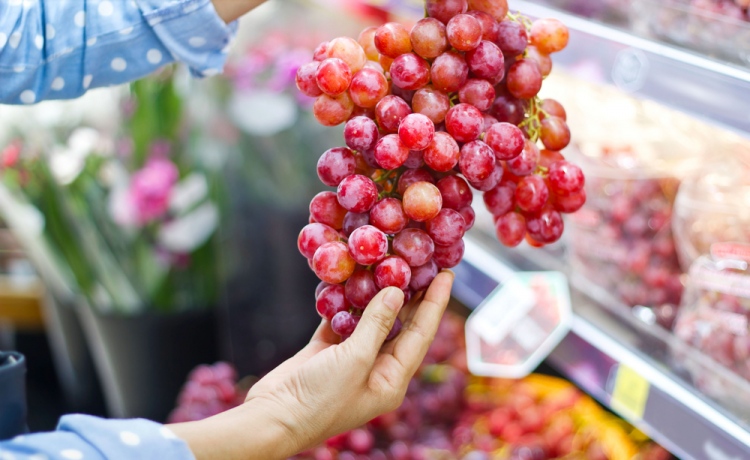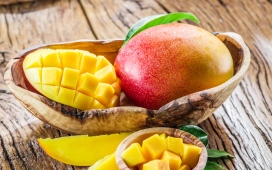Bright and colourful fruits are surely desirable and they are actually the healthiest. The reason behind this is quite clear, but it’s a topic that’s rarely explained. Dietary recommendations don’t include importance of fresh fruits with bright colors. You need to have proper understanding on the nutritional concept related to the color of food. We should be able to apply the principle and make educated decisions on how to choose the right kind of food. It is important to rethink what we are eating. The compounds that are responsible for the vibrant color of our fruits and vegetables are typically phytochemicals. By choosing specific colors, you should be able to get a good dose of healthy substances. It is important for you to understand a number of chemicals that work behind the scenes. Anthocyanins is a class of compounds that are responsible for the color of dark red, blue and especially purple. The acidity of the druit should determine whether anthocyanins could appear bluer or redder.
In general, anthocyanin is known as a strong antioxidant and it can be metabolized rapidly upon entering our body. The benefit of anthocyanin indicates that these fruits are worth eating. Regular consumptions anthocyanin-rich fruits could reduce the risk of cancer, atherosclerosis and various heart diseases. Although the data on the practical health benefits of anthocyanin are still quite inconclusive, it is a safe bet that we should include it in our regular diet. Anthocyanin is commonly found in various fruits, such as dark purple grapes, dark red grapes, blueberries, blackberrie3s, cherries, lingonberries and black currant. Betalains are other important compounds that cause the color of purple and some cases, yellow on fruits. The yellow version of betalains is known as betaxanthins and the purple version is betacyanins. Other being an antioxidant, betalains exhibit anti cancer and anti inflammatory activities. The dark purple color of beet root is caused by the high level of betacyanins. Cactus pear and papaya are rich in betaxanthins, which explain the yellowish color.
Carotenoids are one more compounds that produce the reddish color of fruits. They are powerful antioxidants or oxygen scavengers. Regular consumption of carotenoids is believed to be associated with the preservation of cognitive performance. They also prevent the macular degeneration symptoms on elderly. Beta-carotene, is a popular type of carotenoids. Curiously, the substance seem to elevate the risk of lung cancer among smokers. So, it is debatable whether smokers should have regular consumption of carrot. Other than in fruits, carotenoids are also found on various leafy vegetables such as collard greens and kale. They are also available in pumpkin, tomato and mango. By considering the benefits of these substances, it is important for you to have balanced intake of them. You need to choose fruits with the most vivid and brightest colors, whenever possible. You should also know that these phytochemicals can degrade due to the exposure of acid and heat. When these fruits lose their color, we know that the fruits have become ineffective.







